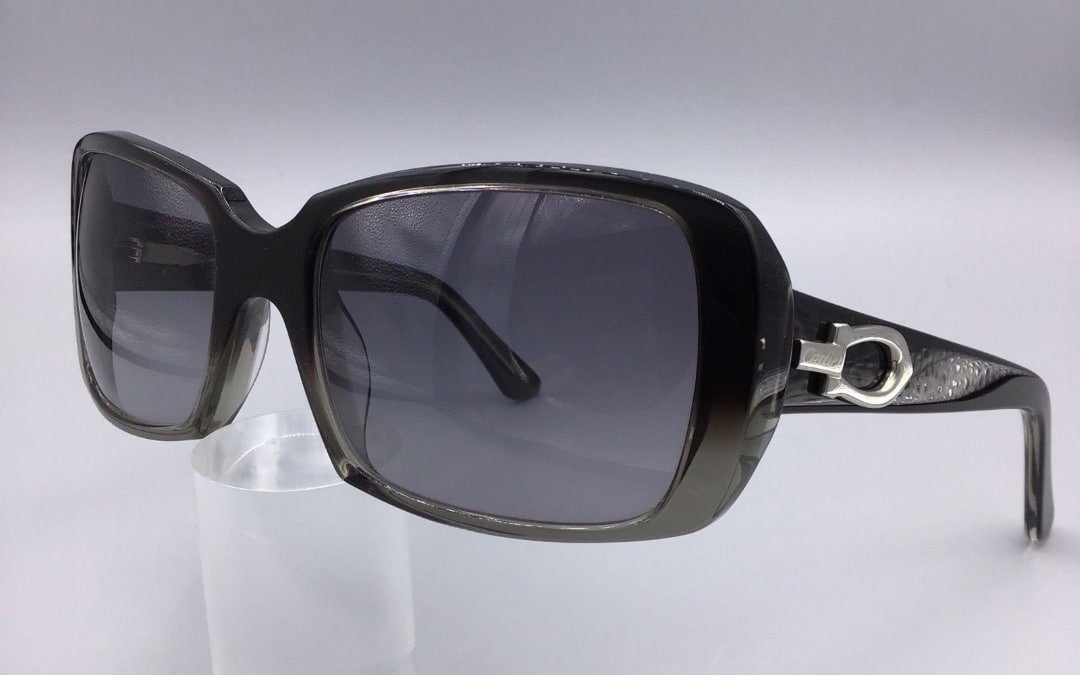Cellulose acetate is a polymer of natural origin that is obtained from the fibre of the wood or its waste, or from the residual fibers of cotton. Through a chemical process with the addition of plasticizers, stabilisers and dyes, it is used for the production of extruded semi-finished products used in the manufacture of eyeglass frames.
The processing of acetate
It starts with a raw tablet, obtained by extrusion, which is cut from numerically controlled cutters, reduced to the desired thickness and shaped to form semi-finished rods and fronts. Then a metal core is inserted into the rods to make them stiffer and more durable and also the hinges that connect the front and rods. The frames are ready to move on to the next step: the tumbling that makes them shiny.
The qualities that made it popular
In addition to its workability characteristics, this material is thermoplastic, that is, upon heating it becomes ductile and it is possible to slightly change its shape. This inserts the lenses or adjusts the rods, creating the most comfortable trim possible. Thanks to the brilliance, depth of colors and aesthetic rendering on the finished product, it represents the preferred material of stylists and designers for the production of eyeglasses. In addition, it is resistant to shocks, pressures and water and has a relatively low cost.
Our tips
To keep your glasses in cellulose acetate again, just a few simple, precautions are enough. The first is to always pass it with a soft clean cloth. Avoid exposing them in excessive temperatures, such as on the car’s dashboard, and put them in the case when they are not in use.

